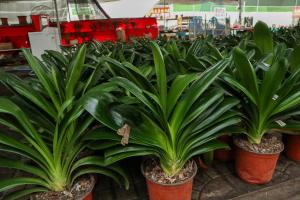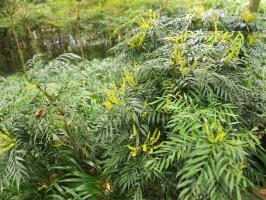Cell Membranes in Plant and Animal Cells
As the basic building blocks of life, cells are complex entities that are central to the functioning of all living organisms. Both plant cells and animal cells contain a cell membrane - a thin, flexible layer that encloses the cell and separates its interior from the environment. In this article, we will explore the structure, functions, and differences of cell membranes in plant and animal cells.
Structure of Cell Membranes
Cell membranes are composed of a bilayer of phospholipids - molecules that have a hydrophilic (water-loving) head and a hydrophobic (water-fearing) tail. The hydrophilic heads face outward and interact with water molecules, while the hydrophobic tails face inward and form a barrier to the movement of water and other molecules. In addition to phospholipids, cell membranes also contain proteins, cholesterol, and other lipids that contribute to their structure and function.
Functions of Cell Membranes
The primary function of cell membranes is to regulate the movement of molecules into and out of the cell. Small molecules such as oxygen, carbon dioxide, and water can pass through the membrane via passive diffusion, while larger molecules and ions require transport proteins to facilitate their movement. Cell membranes also play a role in cell signaling, as they contain receptors that detect and respond to external stimuli such as hormones and neurotransmitters.
Differences in Cell Membranes of Plant and Animal Cells
While the basic structure of cell membranes is similar in plant and animal cells, there are some differences in their composition and function. Plant cell membranes contain more lipids and fewer proteins than animal cell membranes, and they also contain additional components such as glycolipids and sterols. Additionally, plant cell membranes are involved in the creation of cell walls, which provide structural support and protect the cell from mechanical damage.
Conclusion
Cell membranes are critical components of plant and animal cells, contributing to the structure, function, and regulation of these complex entities. While the structure and basic functions of cell membranes are similar in both types of cells, there are some differences in their composition and specific roles. Understanding these differences can help us better appreciate the complexity and diversity of life on Earth.

 how many times do yo...
how many times do yo... how many planted tre...
how many planted tre... how many pine trees ...
how many pine trees ... how many pecan trees...
how many pecan trees... how many plants comp...
how many plants comp... how many plants can ...
how many plants can ... how many plants and ...
how many plants and ... how many pepper plan...
how many pepper plan...






























